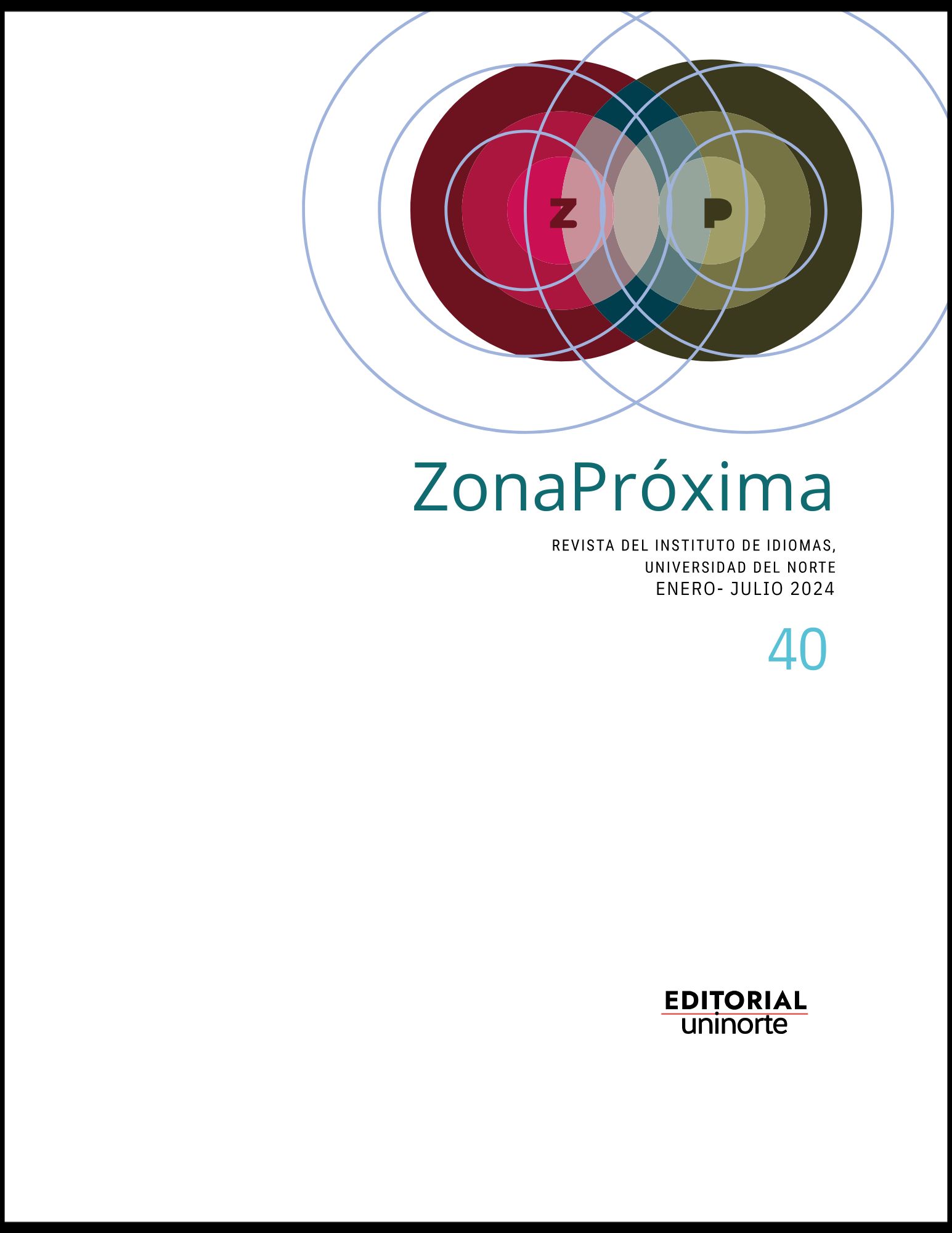Abstract
Abstract
This article looks into the issues of the intersection between Arts-Based and English Language Teaching. The literature review and proposal discuss the promotion of creativity in a pedagogical intervention consisting of sixteen sessions and divided into two cycles, that combined visual arts, music, acting, and literature. The qualitative action research study occurs at a public school in Bogota with 35-second grade boys and girls between the ages of 7-9. Preliminary results indicate that Arts-Based Teaching enhanced creative outcomes, self-expression, and English language usage. In the second cycle of action research, the authors expect significant progress in creative dimensions, which deal with combinational, exploratory, and transformational thinking. We propose two syllabi that sustain the project goals to achieve a more integral education.
References
Albert, Á. (2006). Learner creativity as a potentially important individual variable: Examining the relationships between learner creativity, language aptitude and level of proficiency. In M. Nikolov & J. Horváth (Eds.), in UPRT 2006: Empirical Studies in English Applied Linguistics, 77 -98 .
Barrios Rodriguez, A. A., & Pinzón Tovar, Y. (2016, Septiembre). El arte como instrumento para el desarrollo de las habilidades comunicativas. Bogotá.
Bertram, D. (2013). Likert Scale is the meaning of life. Yugoslavia: University of Belgrade
Birgili, B. (2015). Creative and critical thinking skills in problem-based learning environments. Journal of Gifted Education and Creativity, 2(2), 71-80.
Bradbury, H. (2010). What is good action research? (U. o. California, Ed.) Action Research, 8(1), 93-109. DOI: 10.1177/1476750310362435
Chi, C. (2017). Integrating the Arts into English Learning A Case Study of EFL Learners in a Canadian University. Electronic Thesis and dissertations. 5974.
Deggs, D., & Hernandez, F. (2018). Enhancing the Value of Qualitative Field Notes Through Purposeful Reflection. The Qualitative Report, 23(10), 2552-2560. https://doi.org/10.46743/2160-3715/2018.3569
Donaghy , K., & Xerri, D. (2017). The Image in English Language Teaching. Malta: ELT Council.
Douglas, E. (2015). Artifact Elicitation as a Method of Qualitative Inquiry in Engineering Education. ASSEE Annual Conference and Exposition (p. 26.235.1). Seattle: American Society for Engineering Education.
Dudovskiy, J. (2019, July). Research Methodology: Observation. https://research-methodology.net/research-methods/qualitative-research/observation/
Iwai, K. (2002). The Contribution of Arts Education to Children's Lives. ROSPECTS 32, 0 (2002). https://doi.org/10.1023/A:1022102017139.
Ku?nierek, A. (2015). Developing students’ speaking skills through Role-play. Word Scientific News, 1 (2015) 73-111.
Ku?nierek, A. (2016). The role of music and songs in teaching English vocabulary to students. Word Scientific News, 43 (1), 1-55.
Menasseri-Ronchini, Jalila. (2014). L’apprentissage de l’anglais par les arts visuels. Tolouse, France.
Merriam , S., & Tisdell, E. (2016). Qualitative Research: A Guide to Design and Implementation (Fourth ed.). San Francisco: Jossey-Bass.
Ministerio de Educación Nacional. (2006). Formar en lenguas extranjeras: ¡el reto!: lo que necesitamos saber y hacer. Bogotá: Imprenta nacional: Bogotá: Imprenta nacional.
Ministerio de Educación Nacional. (2016). Mallas de aprendizaje de inglés, transcición a quinto. Bogotá: Imprenta Nacional.
O’Connor, K., Greene, C., & Anderson, P. (2006). Action research: a tool for improving teacher quality and classroom practice.
Reem, A., Luma, H., Khaled , F., & Anderson, J. (2019). Creative interactions with art works: an engaging approach to Arabic language-and-culture learning. Innovation in Language Learning and Teaching, 1-17. https://doi.org/10.1080/17501229.2019.1579219.
Smithrim, K., & Upitis, R. (2005). Learning Through the Arts: Lessons of Engagement. Canadian Journal of Education, 109-127. https://doi.org/10.2307/1602156
Takaya, K. (2016). Exploring EFL students’ visual literacy skills and global understanding through their analysis of Louis Vuitton’s advertisement featuring Mikhail Gorbachev. Journal of Visual Literacy, 79-90. DOI: 10.1080/1051144X.2016.1197561
Terrades, O., Talagrand, R., & Auger, N. (2007). Ateliers Littérature Et Arts Pour Entrer Dans Le Français Langue Seconde. Études de linguistique appliquée, 339-348. https://doi.org/10.3917/ela.147.0339
Tin, T. B. (2013). Towards creativity in ELT: the need to say something new. ELT journal, 67(4), 385 -397.
Tudor, I. (2001). The dynamics of the language classroom. Cambridge university press.
University of Southern California. (2015). Research Guides. Retrieved December 10, 2019, from USC Libraries: https://libguides.usc.edu/writingguide/fieldnotes


